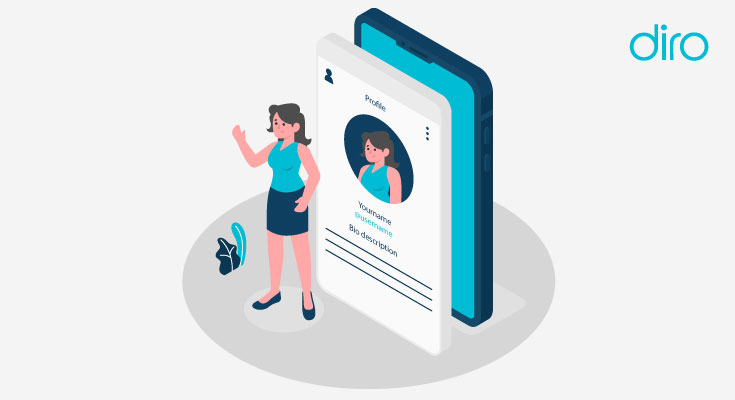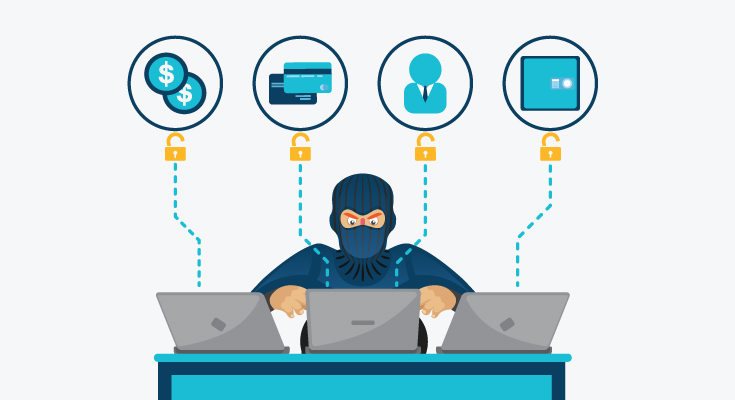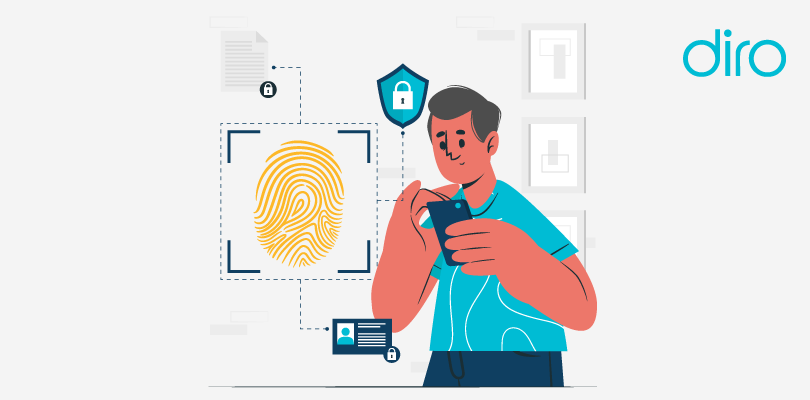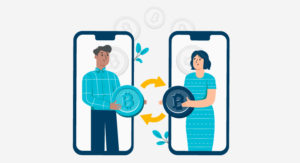A Comprehensive Guide to Global Identity Verification

As consumers of today have access to services across the globe, businesses need to rely on global identity verification solutions to maintain security. Global Identity verification is crucial in verifying the identity of individuals globally.
In this guide, we’ll walk you through the Global identity verification process and its importance for businesses.
Breaking Down Global identity verification
Global identity verification, as the name suggests is the process of verifying identities globally. Global ID verification works by verifying information provided by individuals. This is done to ensure that the individuals’ businesses onboard are who they claim to be.
With global identity verification, businesses can maintain security and privacy.
Importance of Global Identity Verification
Global identity verification is crucial to maintain the security of businesses across various sectors. Most commonly used in finance, e-commerce, and healthcare. With global identity verification, businesses can minimize the risk of fraud, money laundering, and identity theft risks.
How Global Identity Verification Works?
Global identity verification involves several steps:
- Online document verification
- Biometric authentication
- Database checks
Businesses that are available to customers globally need to verify identities of all kinds. Global identity verification has a series of steps that help ensure the identity information provided by a consumer is valid:
- Collection of Information
The first step is to verify personal information. Most businesses require basic information, such as:
- Name
- Date of birth
- Address
- Documents like passports, driver’s licenses, or national identity cards.
- Verification of Documents
Businesses verify customer identities via online document verification, cross-checking information from global databases, and more.
The document verification solution verifies security features such as watermarks, holograms, and serial numbers to verify information.
- Biometric Verification
A lot of businesses also verify biometric information, such as fingerprints, facial recognition, or iris scans. Then this information is verified across a central database. Biometric verification adds an extra layer of security and helps prevent identity fraud.
- Verification Against Databases
Whatever information businesses collect from users is cross-referenced with databases maintained by governments, financial institutions, and other databases. Cross-referencing information from databases can confirm the authenticity of information. Doing so helps businesses check for any discrepancies or red flags, such as criminal records or fraudulent activities.
- Third-Party Verification
While this is not a fixed part of the global identity verification process, a lot of businesses also use third-party verification services. Especially when they need to verify identities across borders.
Third-party verification services use their own database to verify the identities of users.
Traditional Methods vs. Modern Solutions
Traditional identity verification methods were completely based on physical document verification. That includes driver’s licenses and passport verification.
New-age identity verification methods have changed how businesses interact with customers all across the world. Businesses can now access more efficient and secure solutions, including biometric authentication and online document verification.
Benefits of Global identity verification
Global identity verification has a range of benefits for both businesses and consumers.
- Enhanced Security
By accurately verifying the identity of users, businesses can improve their security, and prevent the risk of fraud (money laundering, ID theft, etc.)
- Streamlined Processes
Global identity verification streamlines the customer onboarding processes. With global identity verification solutions, businesses can seamlessly onboard customers while adhering to regulatory requirements.
Challenges and Considerations
Similar to everything, global identity verification has its benefits and challenges. Here are some of the most common challenges:
- Privacy Concerns
As businesses collect and store personal data, it raises concerns regarding privacy and data security. To circumvent these challenges, businesses need to implement strong data security and privacy methods.
- Regulatory Compliance
Businesses have to comply with regulatory challenges. Complying with regulations is a challenge for businesses as they require a lot of effort.
FAQs (Frequently Asked Questions)
How does global identity verification contribute to fraud prevention?
Global identity verification helps businesses verify the authenticity of user identities, thereby reducing the risk of fraudulent activities such as identity theft and account takeover.
Is Global identity verification mandatory for businesses?
While not mandatory in all cases, many businesses choose to implement Global identity verification to enhance security and comply with regulatory requirements.
What are some common methods used in Global identity verification?
Common methods include document verification, biometric authentication, and database checks.
How does Global identity verification impact user experience?
When implemented effectively, Global identity verification can streamline the user onboarding process, enhancing the overall user experience by reducing friction and delays.
What role does technology play in Global identity verification?
Technology plays a pivotal role, enabling businesses to deploy advanced identity verification solutions such as biometric authentication and machine learning algorithms.
How can businesses ensure compliance with data protection regulations when implementing Global identity verification?
Businesses must prioritize data protection measures, including encryption, access controls, and regular security audits, to ensure compliance with data protection regulations such as GDPR and CCPA.












